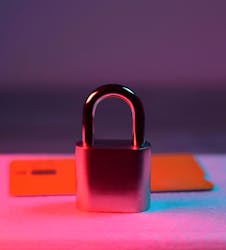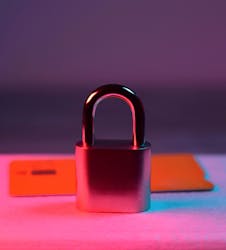encouraging our students to create a positive digital tattoo

Some of the data collected by this provider is for the purposes of personalization and measuring advertising effectiveness.
Some of the data collected by this provider is for the purposes of personalization and measuring advertising effectiveness.
Some of the data collected by this provider is for the purposes of personalization and measuring advertising effectiveness.

As part of our Online Safety Training earlier in the Autumn term, we learnt about digital footprints. We want our students to understand that when they visit a website, share a photo or make a comment on their social feeds or websites, they are leaving a digital footprint that other people can see. Your digital footprint is all of the information that someone shares or that is collected about you.
A lot of the information that we share can be seen by others. If you search online for a product you are interested in you will notice you then receive a lot of ‘remarketing’ advertisements on your social feeds or pop up advertisements on websites that you then visit. This is because companies can track your activity on their sites and can then target you for advertisements.
Similarly, information that you share, comments you make and sites you search on could also be seen by a potential employer years in the future.
Your Digital Tattoo can be both good and bad. It could show impressive things you have done that you are proud of. It could also show things that you will be embarrassed about later.

Here is some advice about privacy:
Lots of social media sites will set accounts to public by default. Students are encouraged to make sure they check them and change them to private as this lets them control who can see their posts and whether they will appear on search engines.
We never know who will see photos, videos or comments we put online so we ask students to think about how others might react before they post anything. Even apps like Snapchat can be screenshotted and shared. We tell students to never share their address, phone number or the name of their school online.
There are lots of ways to delete things about yourself online. We advise students that it can help to close or delete old social media accounts they don't use anymore as well.
Typing your name or your username into a search engine can help you find what’s easily available about you online. We suggest checking what data their device is collecting. Devices like phones and fitness trackers can collect data about us without us realising. Every device is different so we encourage students to search online to find out if your data is being used.
Lots of apps will ask for permission to use your data when you install them, including things like your contacts, photos and messages. We warn students to be careful about what they agree to and pick apps and browsers that protect their privacy. When they visit sites and are asked whether they accept cookies, we encourage them to make sure they check what the website says about how they’ll use them before they agree.
Students should be aware of their content and conduct and know that there is software out there that allows viewers to record and publish their live streams.
We tell our students:

During our training, we learnt that it is wise for young people to incorporate some suggestions in order to create an Online Digital Tattoo to be proud of. Their Digital Tattoo will remain with them in the future and may be seen by potential universities they are applying to or to future employers who may use Cyber Vetting as part of their recruitment process.
Here are some ideas to make a positive impact:

here is our article from Safer Internet Day about the potential dangers of online gaming

find out more about UK Guardianship with Bright World and how to join our programme

read more about online safety and how to report concerns